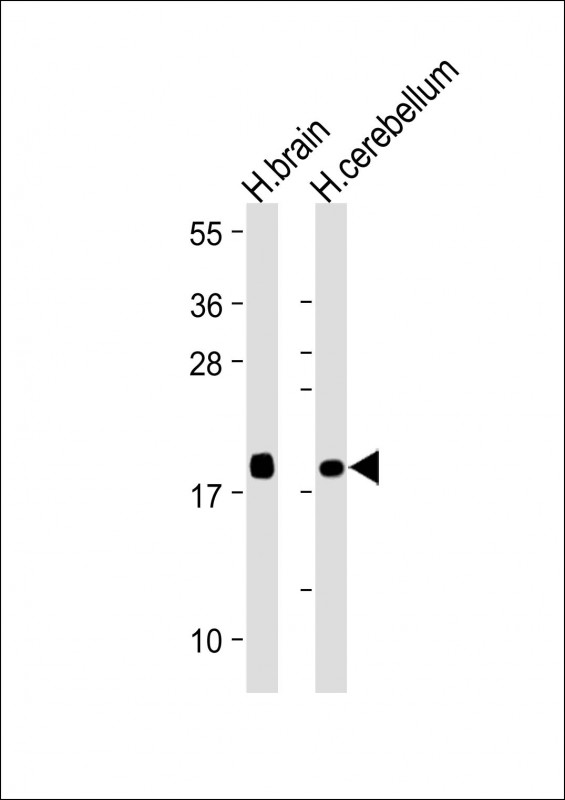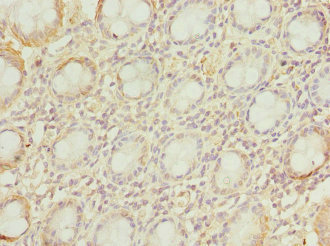Visinin-like 1 antibody
GTX115039
ApplicationsWestern Blot, ImmunoHistoChemistry, ImmunoHistoChemistry Frozen, ImmunoHistoChemistry Paraffin
Product group Antibodies
ReactivityHuman, Mouse, Rabbit, Rat
TargetVSNL1
Overview
- SupplierGeneTex
- Product NameVisinin-like 1 antibody
- Delivery Days Customer9
- Application Supplier NoteWB: 1:500-1:100000. IHC-Fr: 1:100-1:1000. *Optimal dilutions/concentrations should be determined by the researcher.Not tested in other applications.
- ApplicationsWestern Blot, ImmunoHistoChemistry, ImmunoHistoChemistry Frozen, ImmunoHistoChemistry Paraffin
- CertificationResearch Use Only
- ClonalityPolyclonal
- Concentration1 mg/ml
- ConjugateUnconjugated
- Gene ID7447
- Target nameVSNL1
- Target descriptionvisinin like 1
- Target synonymsHLP3, HPCAL3, HUVISL1, VILIP, VILIP-1, visinin-like protein 1, VLP-1, hippocalcin-like protein 3
- HostRabbit
- IsotypeIgG
- Protein IDP62760
- Protein NameVisinin-like protein 1
- Scientific DescriptionThis gene is a member of the visinin/recoverin subfamily of neuronal calcium sensor proteins. The encoded protein is strongly expressed in granule cells of the cerebellum where it associates with membranes in a calcium-dependent manner and modulates intracellular signaling pathways of the central nervous system by directly or indirectly regulating the activity of adenylyl cyclase. Alternatively spliced transcript variants have been observed, but their full-length nature has not been determined. [provided by RefSeq]
- ReactivityHuman, Mouse, Rabbit, Rat
- Storage Instruction-20°C or -80°C,2°C to 8°C
- UNSPSC12352203
References
- Liang D, Xue J, Geng L, et al. Cellular and molecular landscape of mammalian sinoatrial node revealed by single-cell RNA sequencing. Nat Commun. 2021,12(1):287. doi: 10.1038/s41467-020-20448-xRead this paper
- Wu VC, Wang SM, Chueh SJ, et al. The prevalence of CTNNB1 mutations in primary aldosteronism and consequences for clinical outcomes. Sci Rep. 2017,7:39121. doi: 10.1038/srep39121Read this paper






